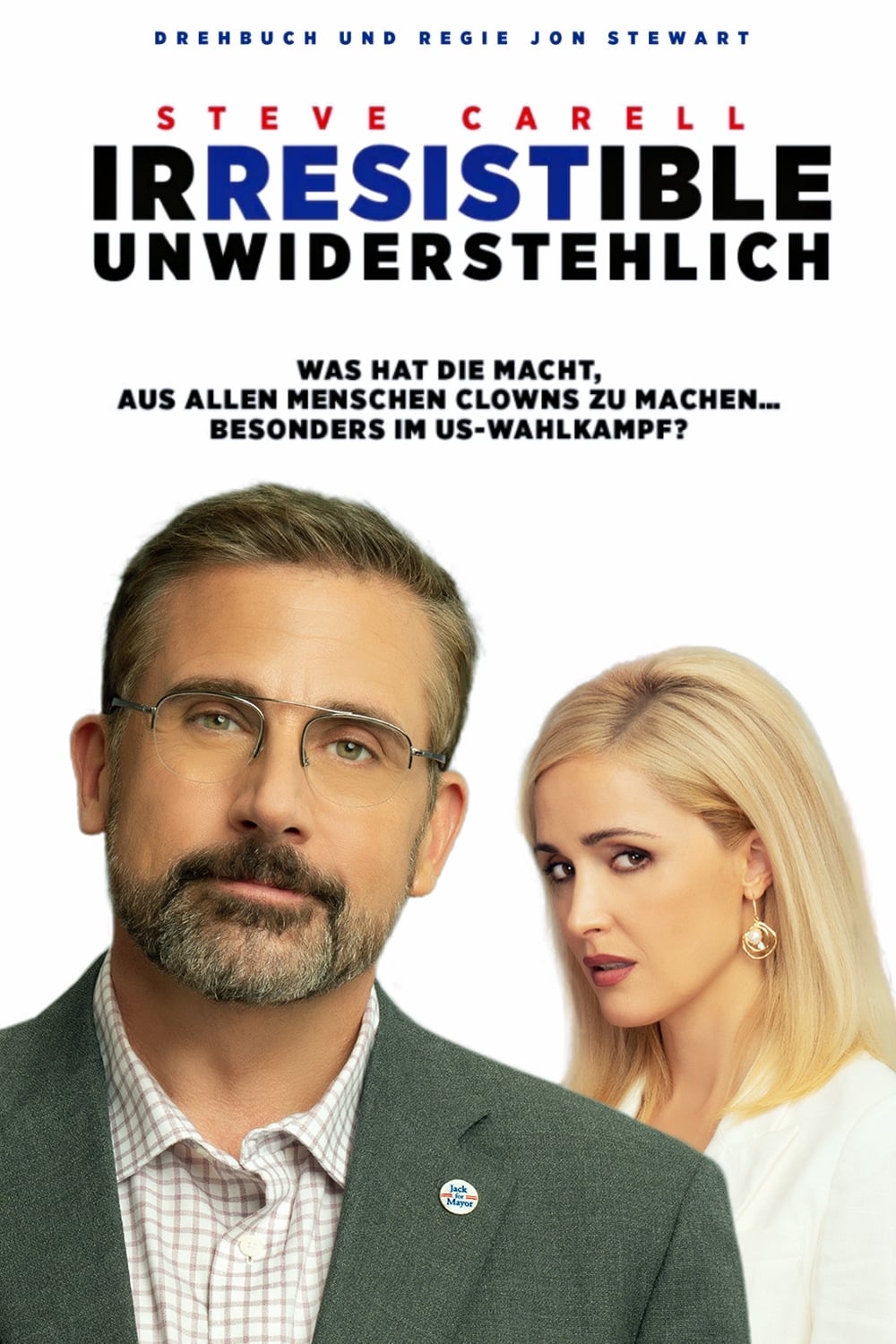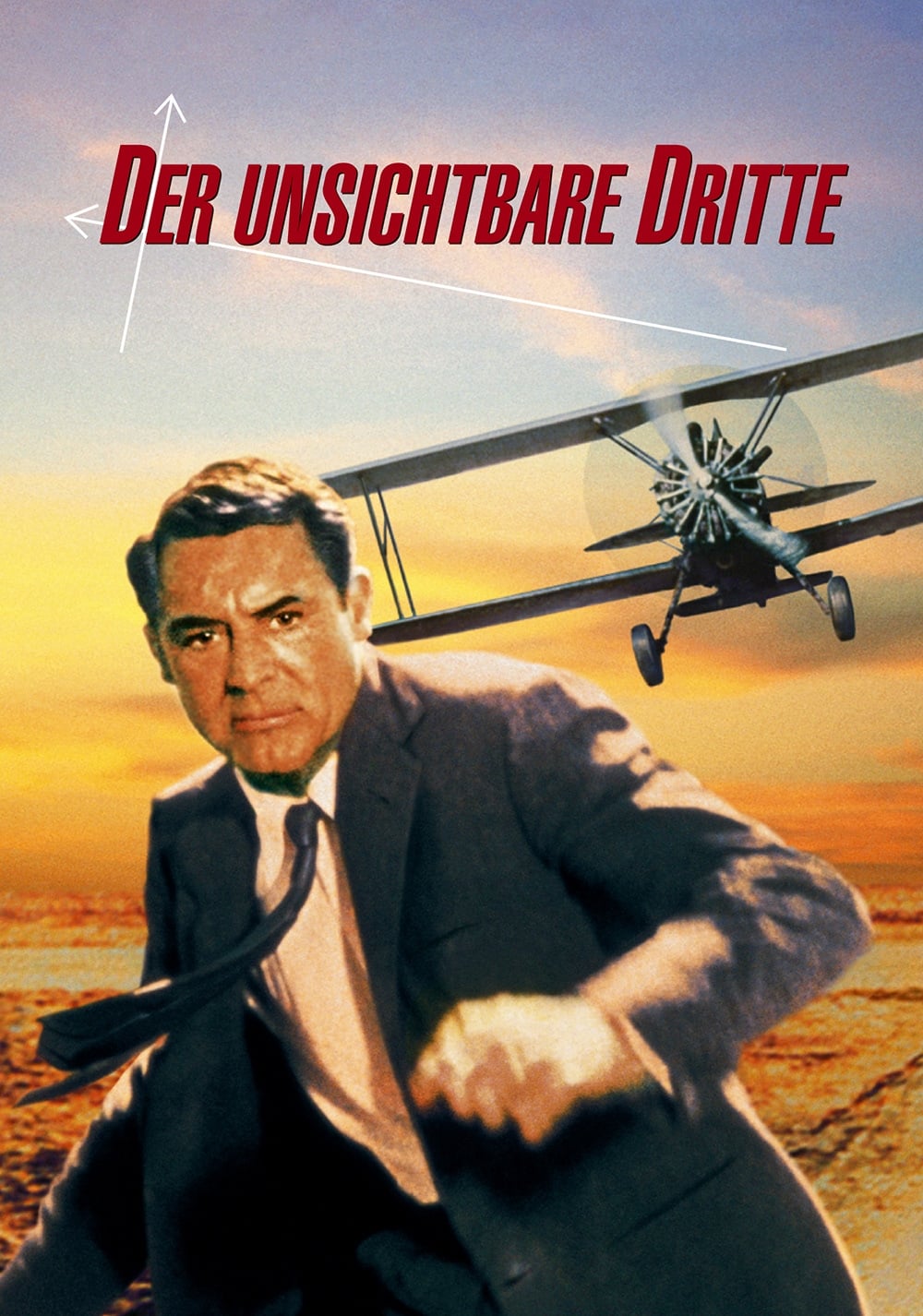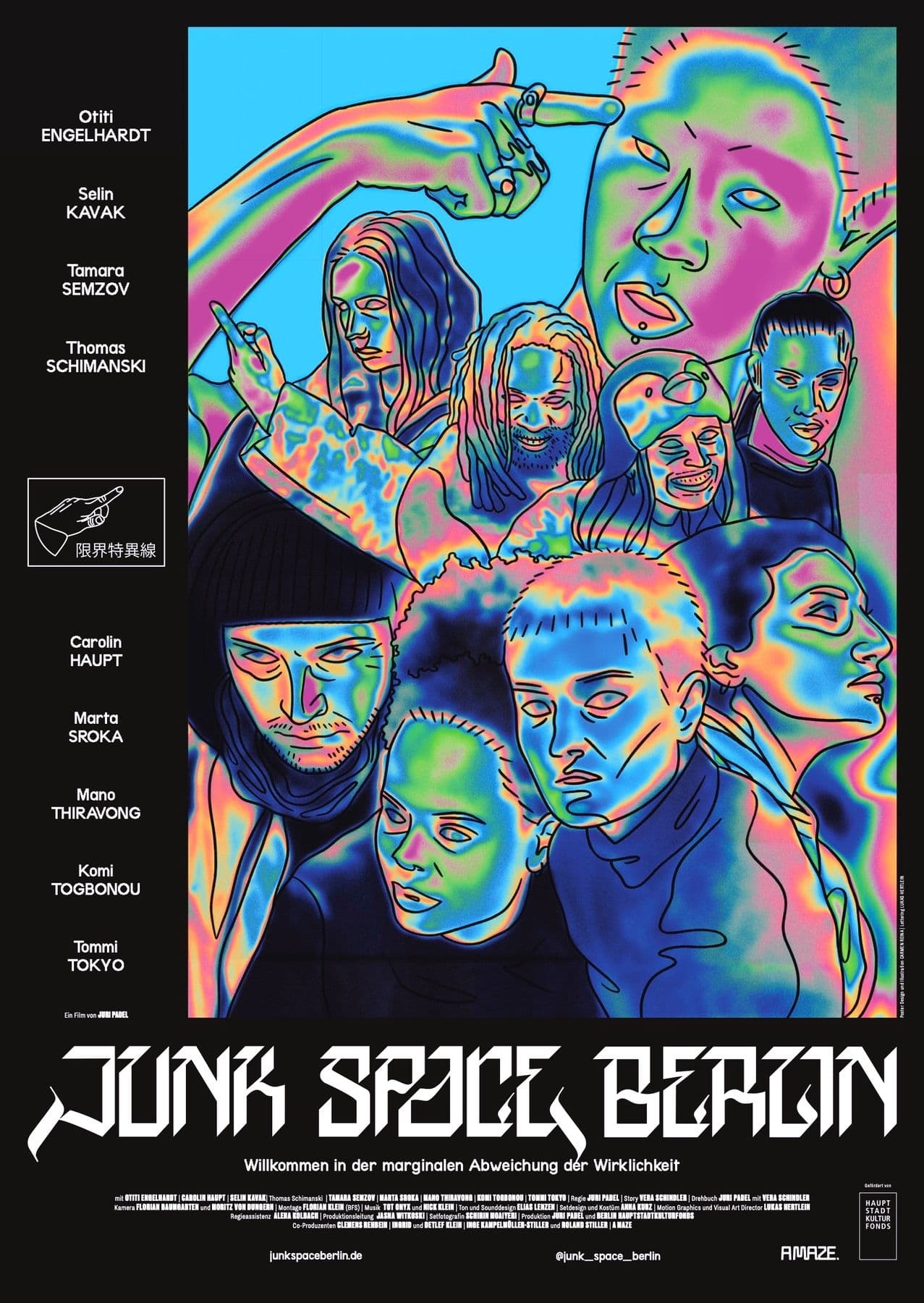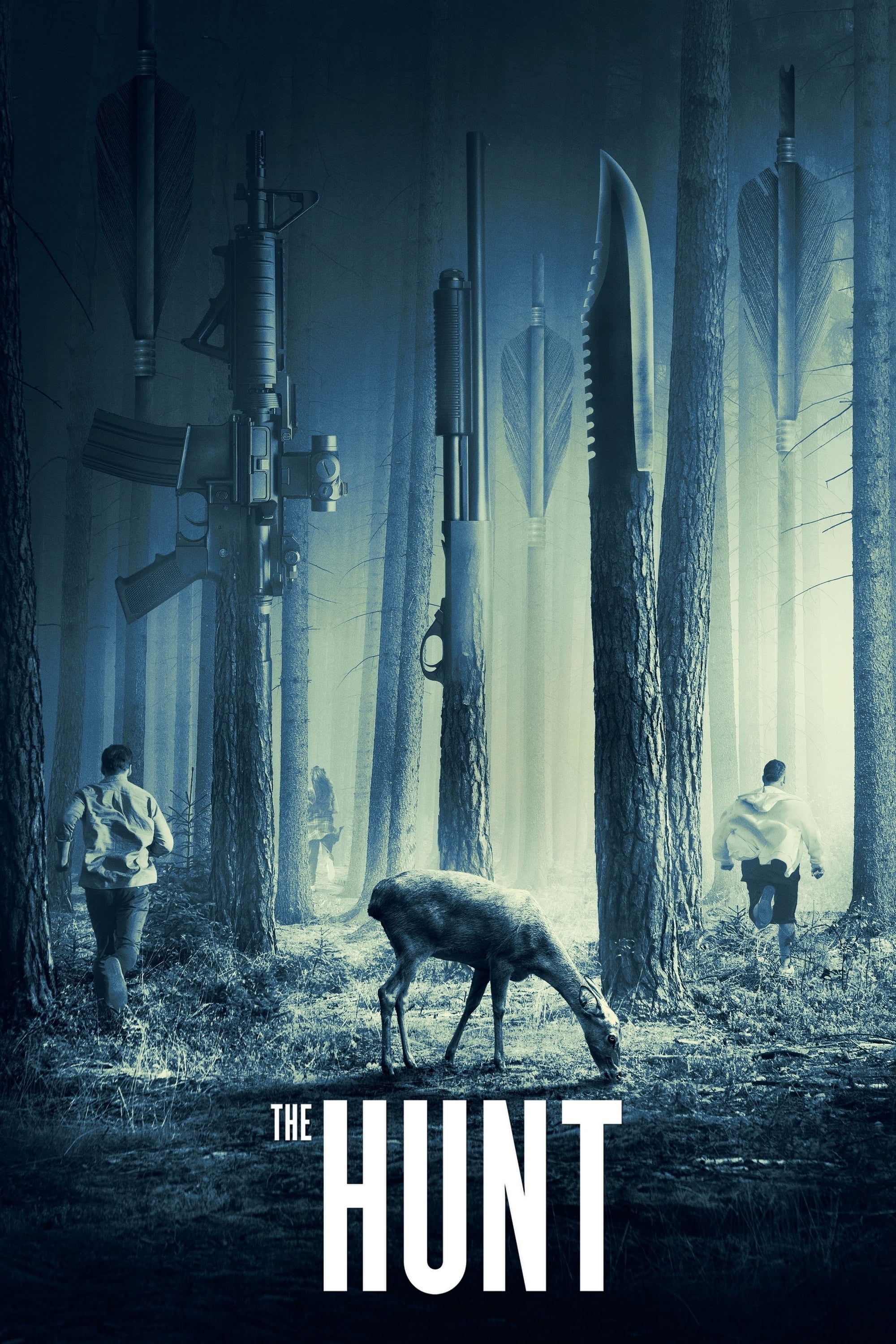![Saverio Gabrielli, Lorenzo Bernardi - Giuliani, Paganini: Due Italiani a Vienna (2021) [FLAC 24bit/44,1kHz] Download](https://i0.wp.com/imghd.xyz/images/2022/05/21/b5xoej6xgxh2b_600.jpg?resize=500%2C500&ssl=1)
Saverio Gabrielli, Lorenzo Bernardi – Giuliani, Paganini: Due Italiani a Vienna (2021)
FLAC (tracks) 24 bit/44,1 kHz | Time – 01:23:32 minutes | 834 MBGenre: Classical
Studio Masters, Official Digital Download | Front Cover | © Da Vinci Classics
Those who still think of Wagner’s Tristan as quintessentially erotic music should definitely reconsider: in the list drawn by The Most Erotic Classical Music of All Time, an album with a provocative cover featuring a woman’s derriere and suspenders, in good company with an obvious Bolero and a punctual isottesque finale and a less-obvious Moonlight Sonata or a Good Friday Spell (all by the German from Leipzig), one finds the Centone di Sonate for violin and guitar by Niccolò Paganini (Genoa 1782 – Nice 1840) and precisely with the opening movement of the Sonata in A minor placed in the opening of the present collection.
style=”text-align: center;”>![Saverio Gabrielli, Lorenzo Bernardi - Giuliani, Paganini: Due Italiani a Vienna (2021) [FLAC 24bit/44,1kHz] Download](https://i0.wp.com/imghd.xyz/images/2022/05/21/b5xoej6xgxh2b_600.jpg?resize=500%2C500&ssl=1)
Saverio Gabrielli, Lorenzo Bernardi – Giuliani, Paganini: Due Italiani a Vienna (2021)
FLAC (tracks) 24 bit/44,1 kHz | Time – 01:23:32 minutes | 834 MBGenre: Classical
Studio Masters, Official Digital Download | Front Cover | © Da Vinci Classics
Those who still think of Wagner’s Tristan as quintessentially erotic music should definitely reconsider: in the list drawn by The Most Erotic Classical Music of All Time, an album with a provocative cover featuring a woman’s derriere and suspenders, in good company with an obvious Bolero and a punctual isottesque finale and a less-obvious Moonlight Sonata or a Good Friday Spell (all by the German from Leipzig), one finds the Centone di Sonate for violin and guitar by Niccolò Paganini (Genoa 1782 – Nice 1840) and precisely with the opening movement of the Sonata in A minor placed in the opening of the present collection.
A very bizarre choice indeed, possibly ascribable to the legendary (i.e., completely made-up) familiarity the Genoan composer had with the devil and women? Maybe. But here, we would like to speculate a more subtle reference to the communicative, ‘sensual’ and ‘sensory’ features of the repertoire where Paganini shows his prominent interest for guitar coupled with his beloved violin. The image of the divo assaulted by the very same shouting teenagers who surrounded The Beatles in the Sixties is supplanted by the modish and ‘chamber’ ritual of the same young lady who – in love with her musical idol and without posters, iPhones or iPads – is accompanied by the guitar with languid and falsely prudish wide eyes.
However, one would hurt the ethical-esthetic dignity of figures like Paganini or his peer Mauro Giuliani, his companion in this recording, if he should associate them with those hormonally unstable young ladies, enslaving their chamber (or so-called ‘secondary’) pages to a mere marketing diktat.
Eros does not necessarily correspond to the vulgarity of the aforementioned cover, nor is it synonymous with superficiality. Granted, these pages do indeed bleed vulgarity (from the Latin vulgus = people, crowd), but only in strict observance of the etymology that was rediscovered by Romanticism: ‘popular’ meant sincere, direct, recognizable, immediately understandable and gratifying. Just like the simple ringing of the triangle in the Rondo ‘La Campanella’, a genius intuition Paganini drew not by a treatise on composition, but by the streets of old Genoa, where the beggars – with the penetrating sound of rough triangles or rudimentary pieces of iron drew the attention of passers-by urging them to offer pious alms.
Even though these works by Paganini and Giuliani welcome the classic tradition of Alessandro Rolla’s duets (for violin and guitar, flute and violin, mandolins…), nevertheless they subvert their ‘pedantic’ didactic objective in light of Mazzini and Manzoni’s ‘social’ art. They are not meant for the prince’s son (who had to learn music according to etiquette), nor are they for the aristocratic cultural gatherings where scraps of pompous minuets always made an appearance. They are for the new audience the French Revolution gave birth to, who makes and listens to music on the streets, in the gardens and taverns, the very places one could turn to when looking for catchy melodies and unusual sounds. A world of Freiluftmusik or Tafelmusik which became globalized in Europe by the increase in mobility, but also by the itinerant virtuosos (naturally lead by Paganini) who still had a Viennese heart, the Empire’s capital striving to boast the international fame of Italians Niccolò and Mauro (Paganini for violin, Giuliani for guitar).
Despite the formally austere title, the pages in the Centone di Sonate are astonishing miniatures replayed through the frequent use of the Ritornello, a symbolic reiteration of pleasure. They are a series of specific figurations that can unexpectedly spark strong emotions due to their brevity: a sense of anxious anticipation (the extremely fast repeated notes at the beginning of Sonata n. 1) recalled ‘by surprise’ at the end; the pizzicato in minor key in the middle of an otherwise sparking trio, the heroic and martial March lead by the violin, with a guitar accompaniment, also in Sonata n. 1; the harsh martial traits of the Rondò militare in Mauro Giuliani’s Gran Duetto concertante op. 52; the conciseness and pathos of the second variation which take turns with more sprung rhythms as in Mauro Giuliani’s Rondò of the Serenata op. 127. All is narrated by a soloist who had to be charismatic, chased by the continuous, uniform and most of all reassuring accompaniment of the guitar, which nevertheless becomes the absolute deuteragonist in Mauro Giuliani’s op. 52. The very same happens in Paganini’s Sonata Concertata: here, the two instruments give life to a balanced dialogue where the features of unpredictability, joy and vivacity reveal themselves in the continuous intertwining melodic ‘chiasmi’ of the opening Allegro spiritoso and in the fast pacing at the end of the Allegretto con brio. Scherzando.
Paganini and Giuliani’s unprecedented care for an unknown audience that had to be ‘conquered’ emphasizes a melodic and rhythmical sensitivity which is fed by the present and welcomes dancing and themes and songs from the multifaceted reality of everyday life: sounds from theatres, folklore, the military world, the streets. A contamination of high culture which is prominent in the admission of Rondò and Marcia, Minuetto or Fandango, types of dance that inevitably allude to the body and ‘vulgar’ matter and are based on the predictable and reassuring principle of symmetrical alternation (4+4 bars) rather than on the infinite processes of the concept of development, which is called forth to back more complex and extended forms.
The combined action of two exceptional instrumentalists such as Paganini and Giuliani (the latter only one year older than the former) prompted the spread in the most refined environments of the unexpected coupling of guitars and violins: agile, sparkling and functional to the many festive occasions the new sociability demanded. But also marketable, so that it immediately became interesting to the publishing industry, which paid close attention to the genre’s profitable circulation both through new works and in transcriptions.
This is the theme of the last number in this anthology with prolific musician Anton Diabelli (who was the same age as Mauro Giuliani). Already and established composer of his own pieces for violin, guitar, guitar and piano and guitar and violin, he transcribes for violin and guitar an original string quartet penned by the ‘German Paganini’ Louis Spohr (1784-1859): the renowned Gande Duo op. 11.
Released in 1812-13 and recently republished by Fabio Rizza, the Duo now reaches its first discographic debut. The thin line that was still drawn in Luther’s times between ‘strict Protestants’ and ‘jolly Papists’ does not cease to reveal itself in the works of Spohr, an illustrious and virtuoso violinist and the representative of a German north that was less inclined to welcoming the intrusion of instinct and imagination (even though the musician briefly lived in Vienna between 1813-15). With the ghost of Bach looming over him (a matter of DNA!), Spohr’s quartets show an incessant interplay between their parts, the search for sound density rather than for extended singability or for the Italians’ unexpected flairs. The tendency to isolate the first violin with especially sparking virtuosities is a clear reference to the concert, with the author in the front row and the ‘entourage’ in the background. After all, Louis Spohr was the leading representative of the post-Congress of Vienna style termed Biedermeier: a way of making music that was markedly opened and backed to the point that it even challenged traditional ‘individualism’, a term which had been coined for the chronologically contemporary word ‘Romanticism’.
Therefore, in the face of an undoubtedly classical education, in his music Spohr often used complicated descriptive virtuosities. He demanded his performer to show a sober yet languid carrying; he provided accompaniments that were passionate and vibrant, and no longer restrained. In the intimate pages from the Leider, the quartets and the pieces for harp one finds sanctuaries of intense singability, as in the central Adagio of the present Grande Duo op. 11, whose incipit clearly bears reference to Don Ottavio’s aria Il mio Tesoro intanto taken from Mozart’s Don Giovanni.
However, the slow tempo’s singing often stands opposite to an enthralling final Rondò dominated from beginning to end by an incessant and aggressive dotted rhythm.
In Diabelli’s transposition a greater space is given to the guitar, which takes up the sections that were of the low strings. The intensity of the composer’s mental commitment, the idea of always representing German Kulture no matter what does not leave much space here to ‘vulgarity’ and the dancing body: this piece could have never been included in the top list from The Most Erotic Classical Music of All Time. And it would have been impossible to find Louis Spohr as a guest of the smoky tavern in the London suburbs where David Garrett aka Niccolò Paganini (in The Devil’s Violinist, directed by Bernard Rose in 2013) improvises on the theme of the ‘vulgar’ Carnival of Venice making the freckled androgynous Times journalist burn with desire…
Tracklist:
01. Saverio Gabrielli & Lorenzo Bernardi – Paganini: Sonata No. 1 in LA Minore dal “centone di Sonate” M.S. 112: Introduzione – Larghetto / Tempo di marcia – Allegro maestoso (05:15)
02. Saverio Gabrielli & Lorenzo Bernardi – Paganini: Sonata No. 1 in LA Minore dal “centone di Sonate” M.S. 112: Rondoncino – Allegro (04:00)
03. Saverio Gabrielli & Lorenzo Bernardi – Giuliani: Serenata Op. 127: Maestoso (03:25)
04. Saverio Gabrielli & Lorenzo Bernardi – Giuliani: Serenata Op. 127: Minuetto – Allegretto – Trio (04:35)
05. Saverio Gabrielli & Lorenzo Bernardi – Giuliani: Serenata Op. 127: Tema – Andantino Mosso (01:43)
06. Saverio Gabrielli & Lorenzo Bernardi – Giuliani: Serenata Op. 127: Variazione I – Più Mosso (01:18)
07. Saverio Gabrielli & Lorenzo Bernardi – Giuliani: Serenata Op. 127: Variazione Ii – Più Lento (02:58)
08. Saverio Gabrielli & Lorenzo Bernardi – Giuliani: Serenata Op. 127: Variazione Iii – Primo Tempo (01:53)
09. Saverio Gabrielli & Lorenzo Bernardi – Giuliani: Serenata Op. 127: Rondò – Allegro (03:29)
10. Saverio Gabrielli & Lorenzo Bernardi – Paganini: Sonata Concertata M.S. 2: Allegro spiritoso (07:57)
11. Saverio Gabrielli & Lorenzo Bernardi – Paganini: Sonata Concertata M.S. 2: Adagio assai espressivo (03:36)
12. Saverio Gabrielli & Lorenzo Bernardi – Paganini: Sonata Concertata M.S. 2: Rondeau (02:45)
13. Saverio Gabrielli & Lorenzo Bernardi – Giuliani: Gran Duetto Concertante Op. 52: Andante sostenuto (04:07)
14. Saverio Gabrielli & Lorenzo Bernardi – Giuliani: Gran Duetto Concertante Op. 52: Menuetto – Allegro vivace (04:46)
15. Saverio Gabrielli & Lorenzo Bernardi – Giuliani: Gran Duetto Concertante Op. 52: Rondò militare 
Download:
mqs.link_Saveri0GabrielliL0renz0BernardiGiulianiPaganiniDueItalianiaVienna202124441.rar









